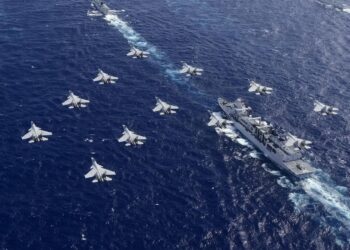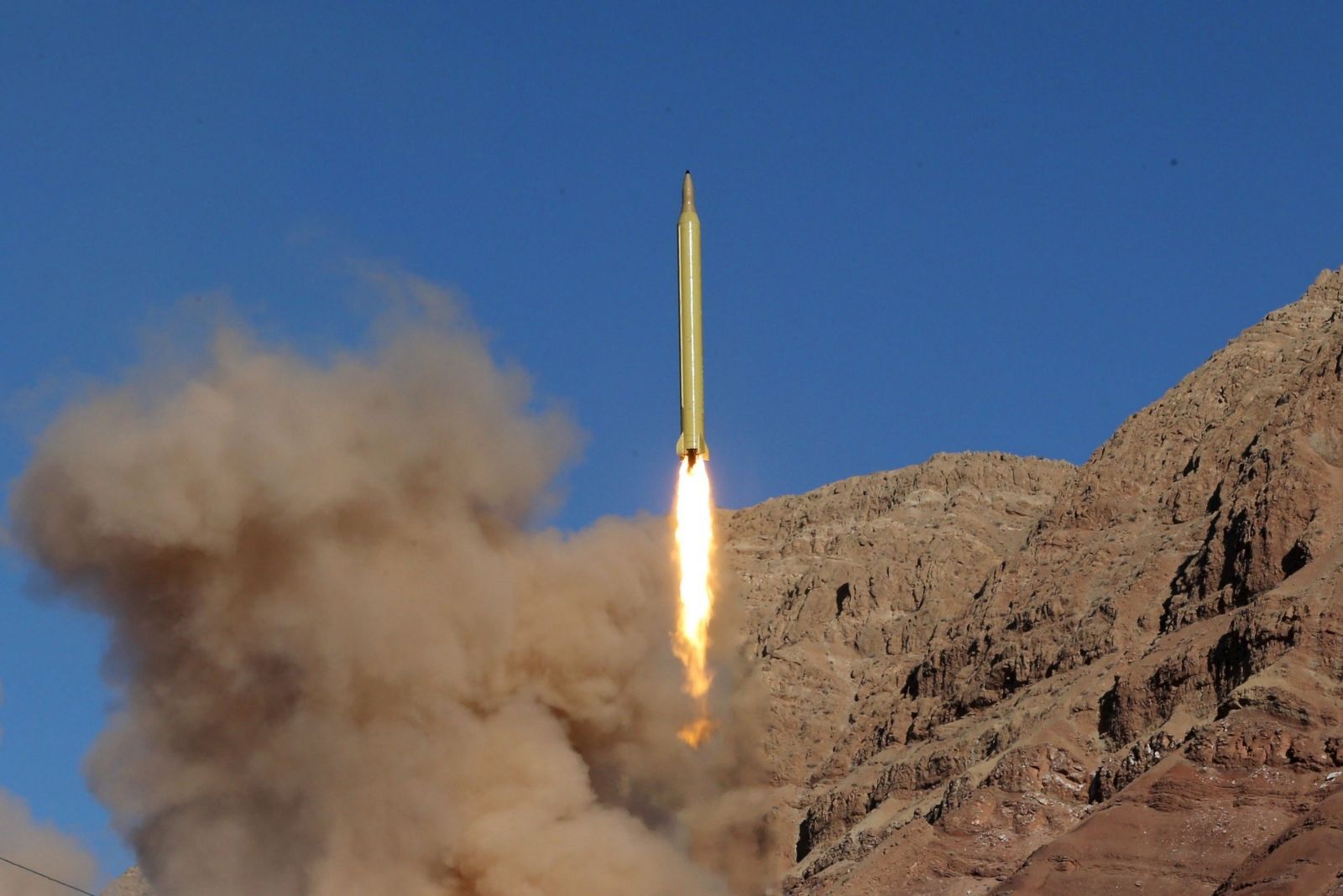US Government, This report is prepared annually to provide Congress with official, unclassified,
quantitative data on conventional arms transfers to developing nations by the United States and foreign countries for the preceding eight calendar years for use in its policy oversight functions. All agreement and delivery data in this report for the United States are government-to-government Foreign Military Sales transactions.
Some general data are provided on worldwide conventional arms transfers by all suppliers, but the principal focus is the level of arms transfers by major weapons suppliers to nations in the developing world.
Developing nations continue to be the primary focus of foreign arms sales
activity by weapons suppliers. During the years 1999-2006, the value of arms
transfer agreements with developing nations comprised 66.4% of all such agreements worldwide. More recently, arms transfer agreements with developing nationsconstituted 65.7% of all such agreements globally from 2003-2006, and 71.5% of these agreements in 2006.
The value of all arms transfer agreements with developing nations in 2006 was nearly $28.8 billion. This was a decrease from $31.8 billion in 2005. In 2006, the value of all arms deliveries to developing nations was $19.9 billion, the lowest total in these deliveries values for the entire 1999-2006 period (in constant 2006 dollars).
Recently, from 2003-2006, the United States and Russia have dominated the
arms market in the developing world, with the United States ranking first for 3 out of 4 years in the value of arms transfer agreements, with Russia ranking second for 3 out of these same four years. From 2003-2006, the United States made $34.1 billion in arms transfer agreements with developing nations, in constant 2006 dollars, 32.4% of all such agreements. Russia, the second leading supplier during this period, made $25.8 billion in arms transfer agreements, or 24.5%. Collectively, the United States and Russia made 56.9% of all arms transfer agreements with developing nations during this four year period.
In 2006, the United States ranked first in arms transfer agreements with
developing nations with $10.3 billion or 35.8% of these agreements. Russia was second with $8.1 billion or 28.1% of such agreements. The United Kingdom was third with $3.1 billion or 10.8%. In 2006, the United States ranked first in the value of arms deliveries to developing nations at nearly $8 billion, or 40.2% of all such deliveries. Russia ranked second at $5.5 billion or 27.7% of such deliveries. The United Kingdom ranked third at $3.3 billion or 16.6% of such deliveries.
In 2006, Pakistan ranked first in the value of arms transfer agreements among
all developing nations weapons purchasers, concluding $5.1 billion in such
agreements. India ranked second with $3.5 billion in such agreements. Saudi
Arabia ranked third with $3.2 billion.
Read Full Report in PDF format









